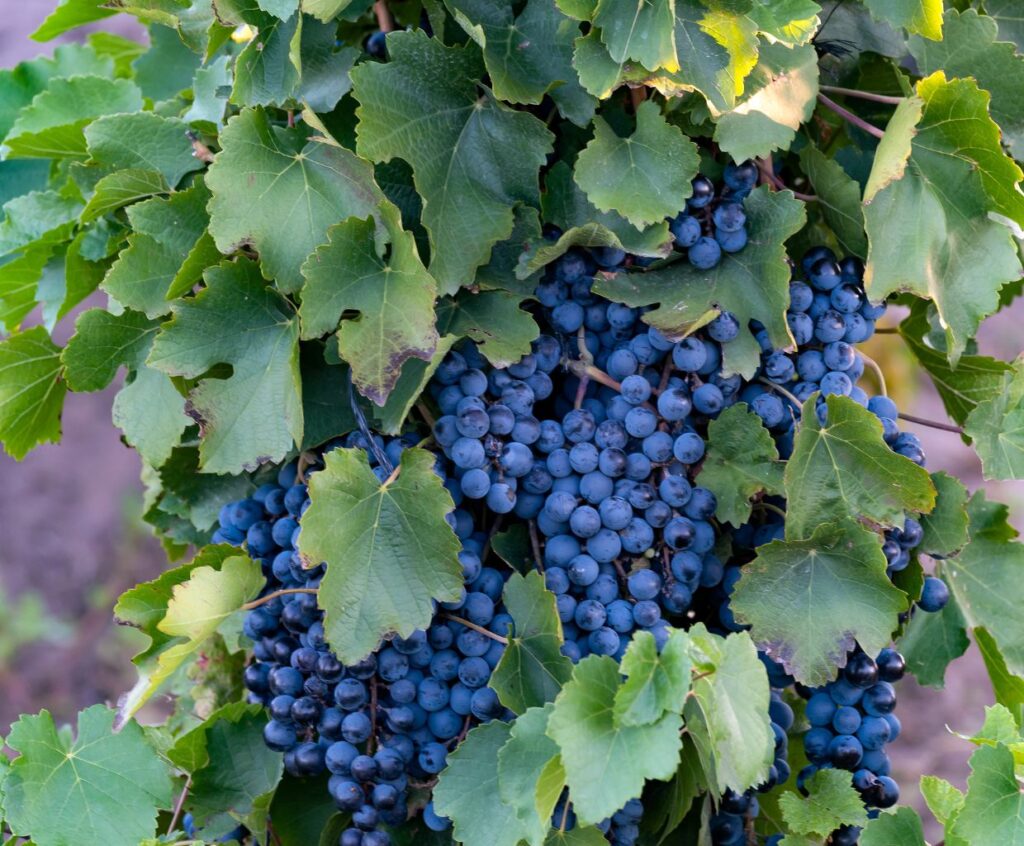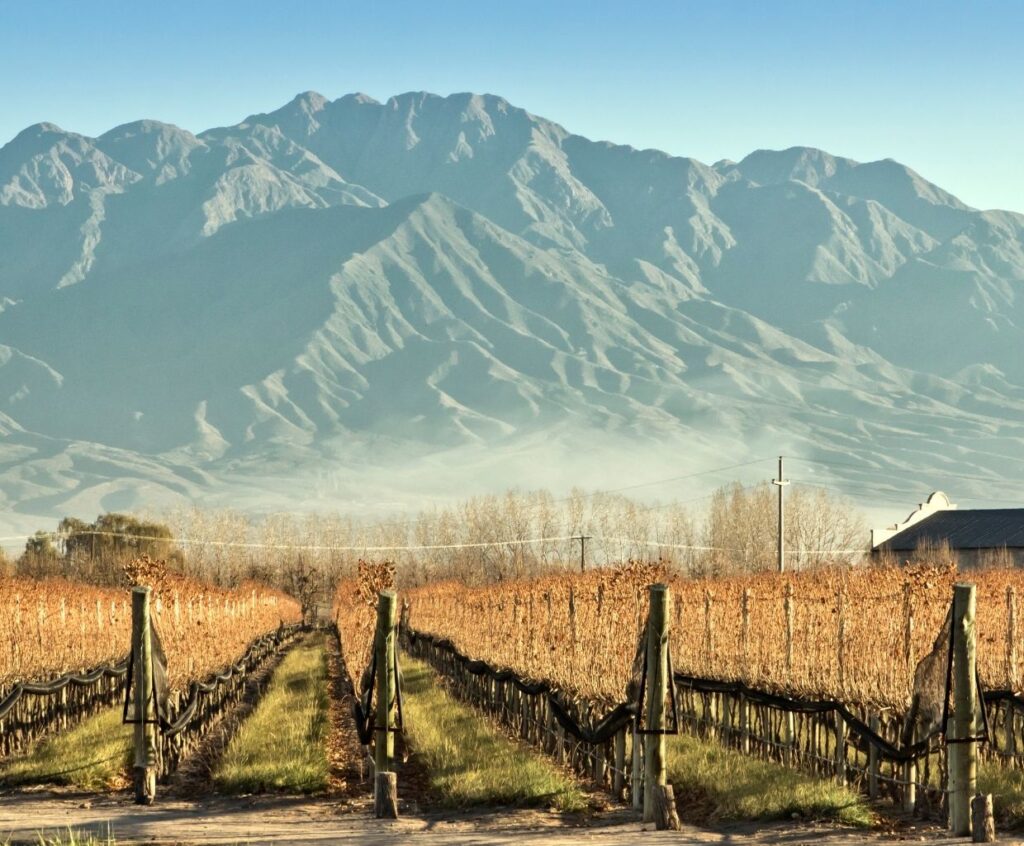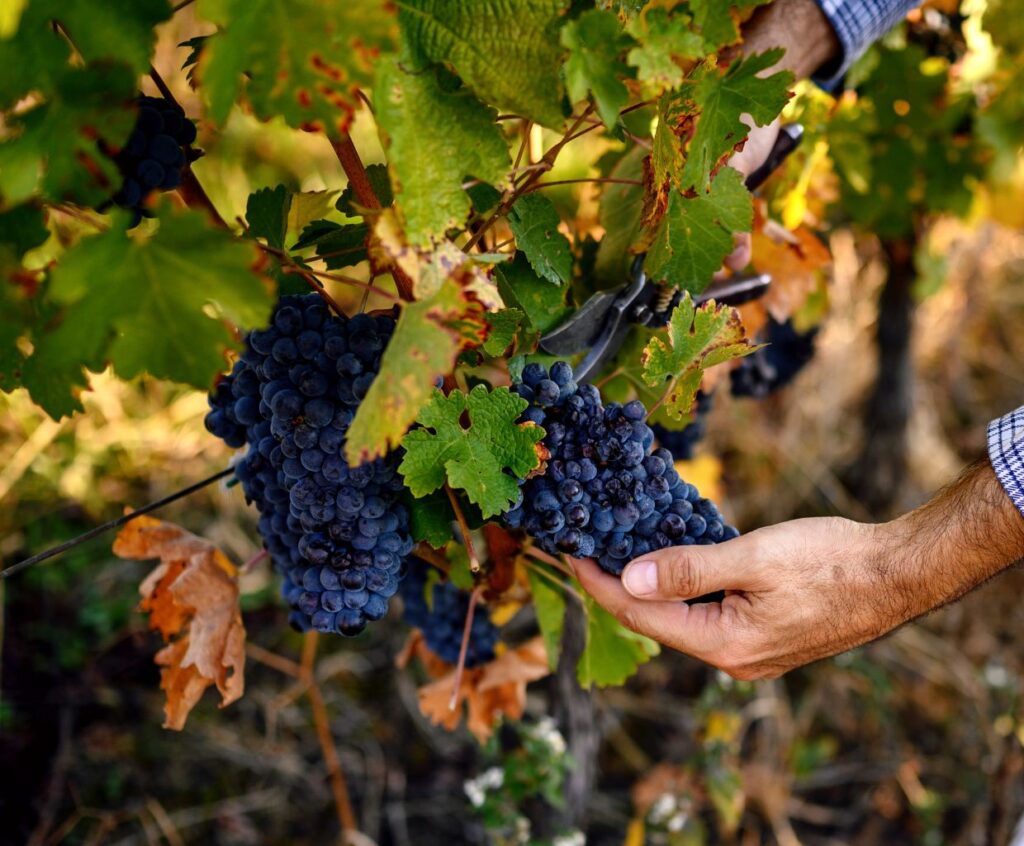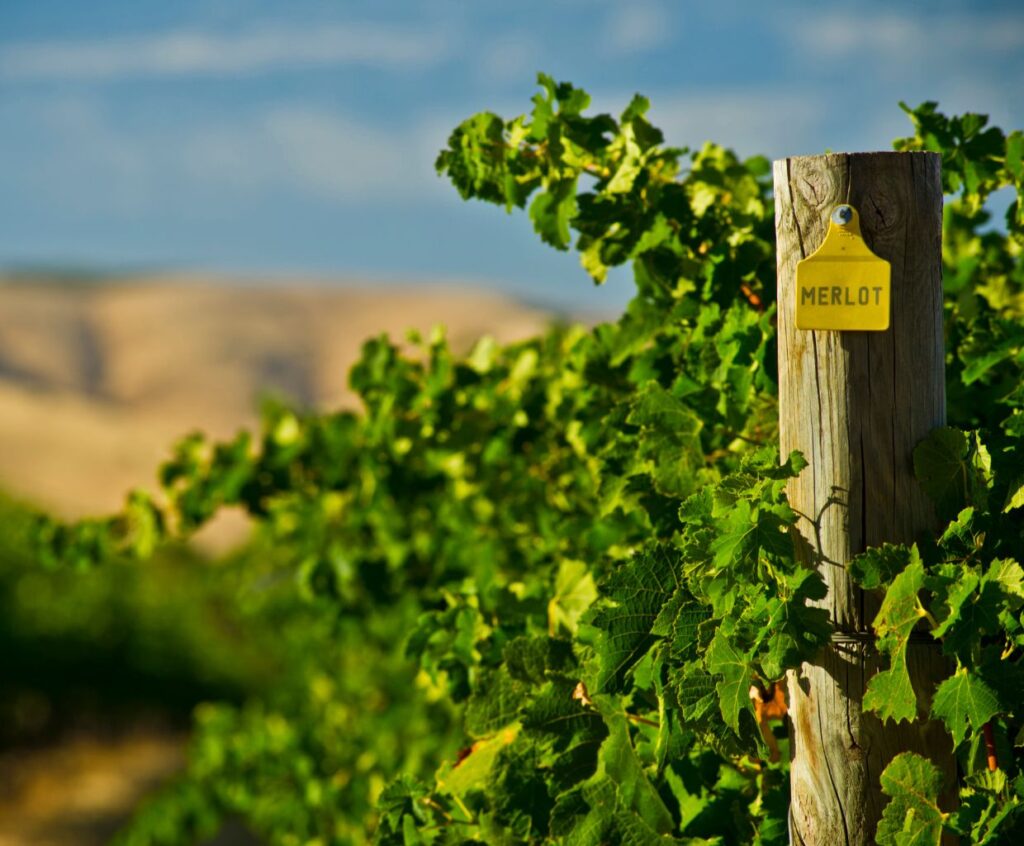Unveiling Malbec Wine: Exclusive to Argentina or More?
When it comes to red wine, one name that stands out is Malbec. Known for its rich and bold flavors, Malbec has gained immense popularity among wine enthusiasts worldwide. But is Malbec really exclusive to Argentina, or can it be found elsewhere? Let’s dive into the fascinating world of Malbec wine and explore its origins and distribution.
The Origins of Malbec
Malbec, once considered a minor blending grape in Bordeaux, France, has found its true potential in the high-altitude vineyards of Argentina. However, its origins can be traced back to southwestern France, where it was an essential grape variety. Malbec thrived in the region of Cahors, known for its deep and dark wines.
Over the years, Malbec gained recognition for its exceptional qualities and was eventually introduced to Argentina in the mid-19th century. The unique terroir, with its sunny days and cool nights, proved to be the perfect environment for Malbec to flourish.
The Rise of Argentine Malbec
Argentina, with its vast landscape and diverse climates, quickly became a haven for Malbec. The grape adapted remarkably well to the Argentine terroir, developing a distinct character that set it apart from its French counterparts. Argentine Malbec is known for its intense flavors of dark fruits, velvety texture, and smooth tannins.
As the popularity of Argentine Malbec grew, so did its production. Today, Argentina has become the largest producer of Malbec in the world, with regions like Mendoza and Salta leading the charge. These areas produce exceptional Malbec wines that showcase the country’s winemaking prowess.
Malbec Beyond Argentina
While Argentina may be the undisputed champion of Malbec production, the grape has also found success in other parts of the world. In recent years, countries like Chile, the United States, Australia, and even South Africa have started cultivating Malbec with impressive results.
Chile, with its similar climate to Argentina, has produced some outstanding Malbec wines that rival those from across the border. In the United States, regions such as California and Washington are experimenting with Malbec, creating unique expressions of the grape.
Although Argentina remains the go-to destination for Malbec enthusiasts, these emerging Malbec regions offer exciting alternatives and showcase the grape’s versatility.
How does the terroir of Argentina’s wine regions impact the unique characteristics of Malbec wine?
The terroir of Argentina’s wine regions plays a significant role in shaping the unique characteristics of Malbec wine. Terroir refers to the combination of factors including climate, soil composition, topography, and viticultural practices that contribute to the distinctive qualities of a wine.
Argentina’s wine regions, particularly Mendoza, are known for their high elevation vineyards. The Andes Mountains provide natural protection and create a unique microclimate. The high altitude results in a wide diurnal temperature variation, with hot days and cool nights. This diurnal shift slows down the ripening process, allowing the grapes to develop intense flavors while retaining good acidity. The abundant sunlight at high altitudes also helps in the accumulation of sugars and the development of color and aromas.
The soil composition also impacts the characteristics of Malbec wine. In Mendoza, the predominant soil type is alluvial, which is a mix of sand, clay, and rock. These well-draining soils force the vines to work harder to extract water and nutrients, resulting in lower yields and more concentrated flavors in the grapes. The gravel and limestone found in some areas contribute to the minerality and complexity of the wine.
Additionally, the dry climate and low humidity in Argentina’s wine regions reduce the risk of diseases and pests, allowing for sustainable viticultural practices. This enables winemakers to focus on quality and express the true potential of the grape variety.
Overall, the combination of high altitude, diurnal temperature variation, alluvial soils, and dry climate in Argentina’s wine regions creates the ideal conditions for growing Malbec grapes with intense flavors, deep color, and balanced acidity. These unique terroir characteristics contribute to the distinctive and highly acclaimed Malbec wines produced in Argentina.
What are the key factors contributing to Argentina’s exclusivity in producing Malbec wine?
There are several key factors contributing to Argentina’s exclusivity in producing Malbec wine:
1. Unique Terroir: Argentina’s high-altitude vineyards, especially in the Mendoza region, provide a unique terroir that is well-suited for growing Malbec grapes. The combination of high elevation, dry climate, ample sunlight, and well-drained soils contributes to the development of rich and concentrated flavors in the grapes.
2. Old Vineyards: Argentina has a significant number of old vineyards, some dating back to the early 20th century. These old vines produce lower yields but yield grapes with more concentrated flavors and complexity, making them ideal for producing high-quality Malbec wines.
3. Malbec as the Flagship Grape: Argentina has embraced Malbec as its flagship grape variety, focusing on its production and promotion. This dedicated focus has led to continuous improvement in winemaking techniques, vineyard management, and overall quality of Malbec wines produced in the country.
4. Investment in Technology and Expertise: Argentina’s wine industry has seen significant investment in modern winemaking technology and expertise. This has enabled winemakers to better understand and harness the potential of Malbec grapes, resulting in consistent production of high-quality wines.
5. Global Recognition: Over the years, Argentine Malbec wines have gained international recognition and acclaim. This recognition has helped establish Argentina as a leading producer of Malbec wines, further enhancing its exclusivity in the market.
6. Value for Money: Argentine Malbec wines often offer great value for money compared to their counterparts from other regions. This combination of quality and affordability has made them popular choices among wine consumers worldwide.
7. Market Demand: The increasing global demand for Malbec wines has also contributed to Argentina’s exclusivity in producing this varietal. The country has been able to meet this demand by focusing on Malbec production and continually improving its quality.
Overall, the unique terroir, old vineyards, dedicated focus, investment in technology, global recognition, value for money, and market demand have all played significant roles in Argentina’s exclusivity in producing Malbec wines.
Unveiling Malbec Wine – In Conclusion
Malbec, once a hidden gem in France, has become synonymous with Argentina. The country’s unique terroir and winemaking techniques have elevated Malbec to new heights, making it the star of Argentine wine production. However, as the popularity of Malbec grows, other countries are also producing exceptional wines that showcase the grape’s diversity.
So, whether you’re sipping on an Argentine Malbec or exploring the offerings from other regions, one thing is for sure – Malbec has firmly established itself as a favorite among wine lovers worldwide.




